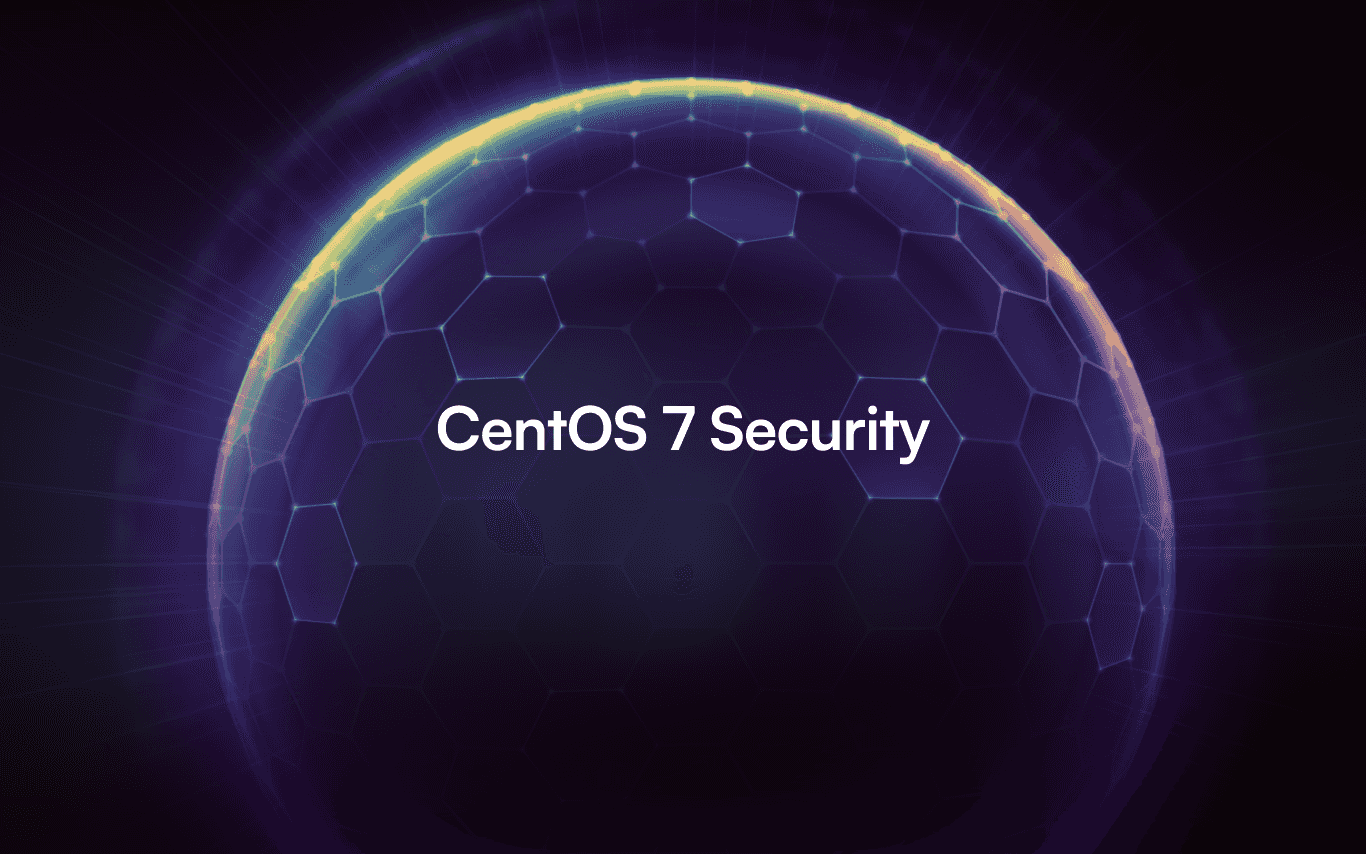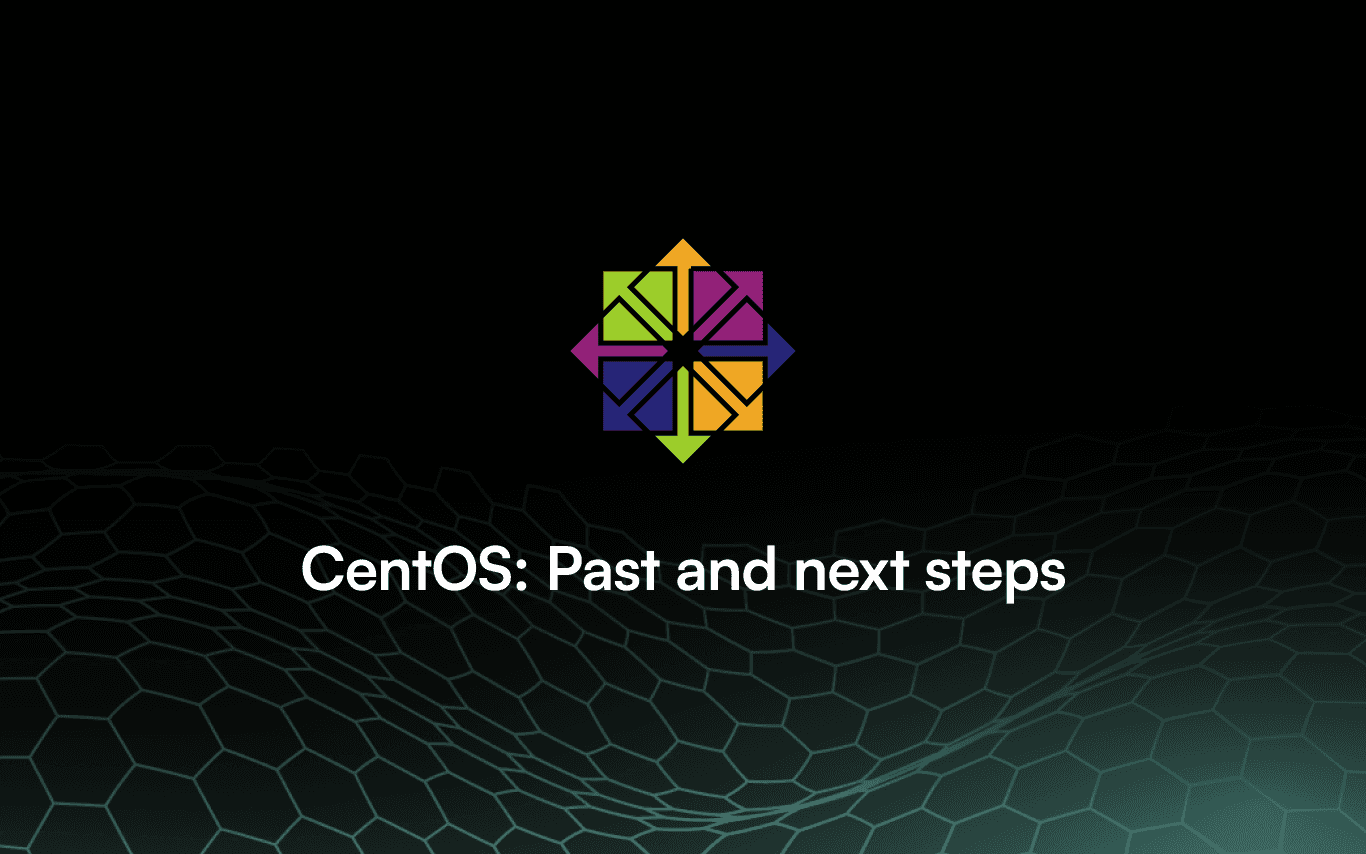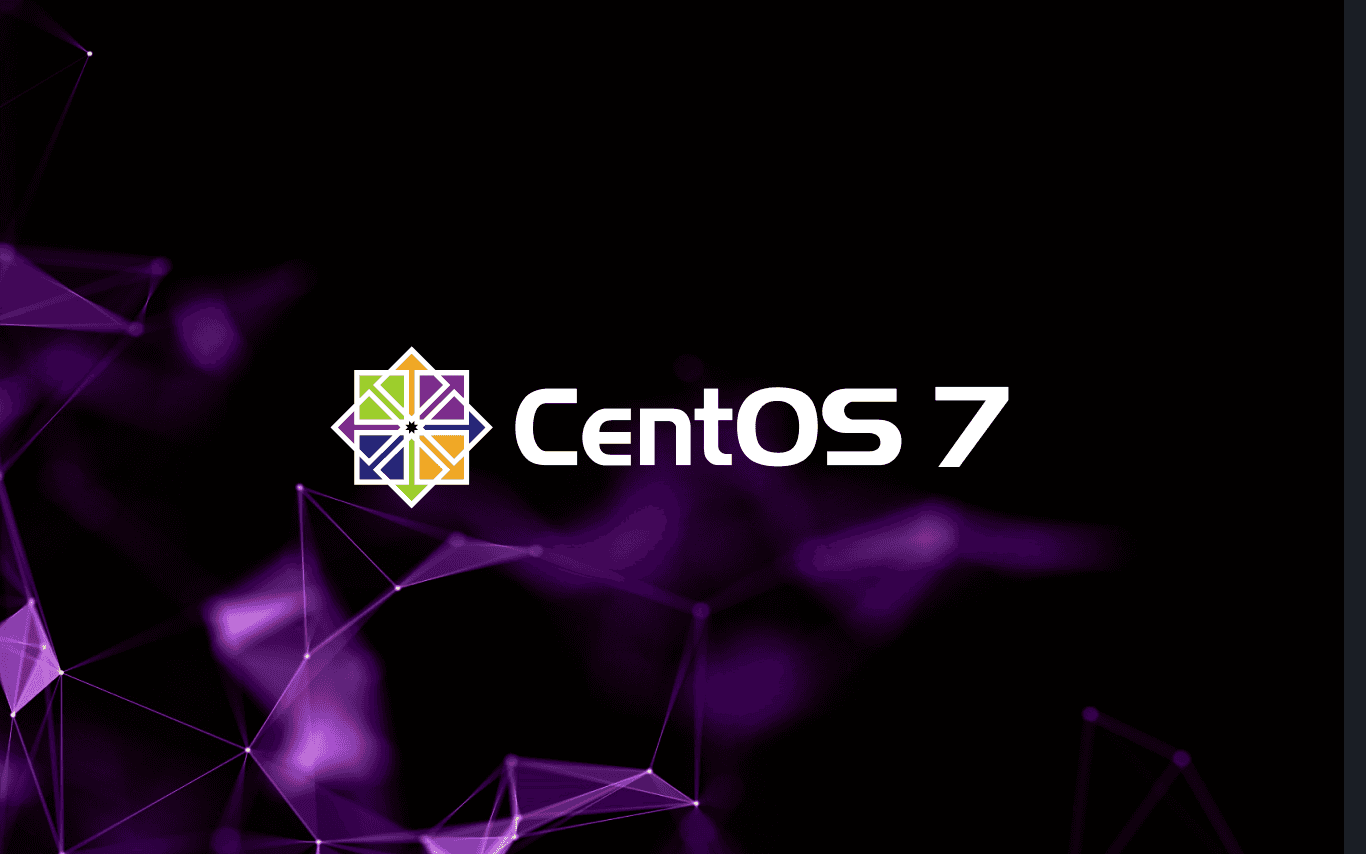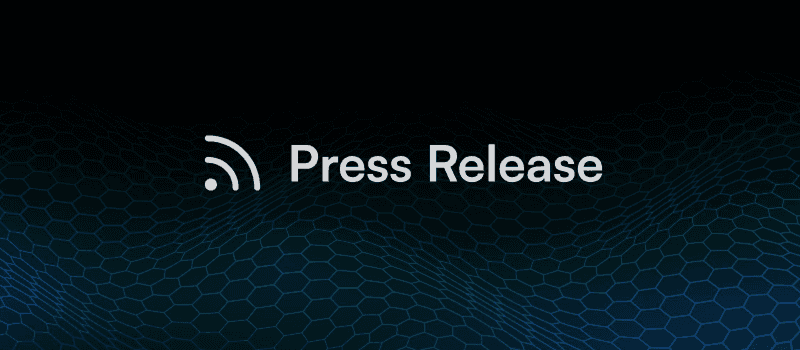5 min read
CentOS 7 Security: Why Extended Support Can't Wait

A Deep Dive into the Post-EOL Vulnerability Exposure:
WHY NOW, HOW BIG, and WHY SHOULD I WORRY
The Situation: Hundreds of Vulnerabilities and Growing
The current state: After reaching End-of-Life (EOL) over a year ago, CentOS 7 is still running workloads for 49% of organizations (Orca Security, 2025). Whether by choice or necessity, these environments face a growing security challenge as new vulnerabilities continue to be discovered.
CIQ has resolved over 305 CVEs for CentOS 7 since EOL June 2024, including the most recent sudo CVE-2025-32462. Without extended support, CentOS 7 systems remain exposed to well-documented attack vectors and published exploits.
Why organizations continue running CentOS 7: As Gregory Kurtzer, co-founder of CentOS and CEO of CIQ, explains: "Many enterprises still rely on CentOS 7 due to accumulated infrastructure debt and the intricacies of migrating critical, often custom, applications."
Your organization likely faces the same reality: custom applications, vendor dependencies, compliance requirements, and business-critical systems that can't be disrupted for a migration of this scale. Migration requires comprehensive planning, testing, and coordination that takes time you may not have.
Understanding Your Situation
Organizations continue running CentOS 7 for myriad reasons. Some prefer its stability and predictable behavior. Others face complex migration challenges involving custom applications, vendor dependencies, or compliance requirements that demand extensive testing cycles. Many simply need more time to execute a proper migration strategy.
Common constraints include:
- Custom applications built specifically for CentOS 7 environments
- Vendor software certified only for CentOS 7, particularly enterprise ERP and industry-specific applications
- Compliance or regulatory frameworks requiring lengthy validation processes
- Business continuity requirements that limit maintenance windows
- Migration planning that requires months or years of preparation
The security landscape: While organizations work through their migration challenges, the vulnerability landscape continues to evolve. CIQ has addressed high-severity vulnerabilities across critical system components, including PHP web applications, network monitoring tools, CPU microcode, XML processing libraries, web servers, and the operating system kernel itself. These vulnerabilities range from code execution flaws to complete system takeover scenarios.
AI is Accelerating the Problem
The game has changed: AI is fundamentally changing the security landscape. AI tools now identify and exploit vulnerable systems faster than human operators can respond, while lowering the barrier to entry for attackers. Cybersecurity researchers report that "cyberthreats will become more automated and evasive, leveraging AI to bypass traditional defenses” (IT Brief Asia, 2025).
The acceleration factor: Over 30,000 vulnerabilities were disclosed in 2024, a 17% increase over 2023. The upstream CVE publication rate has doubled since 2019, with Linux vulnerabilities increasing twelve-fold in 2024 alone (Info Security, 2025). Attackers can now weaponize new vulnerabilities within hours rather than days.
Real-World Examples: When EOL Becomes a Situation
The 12-year-old sudo flaw (CVE-2025-32462): This privilege escalation vulnerability demonstrates why patching isn't optional. Hidden in sudo code since 2013, this CVSS 7.0 vulnerability enables attackers to bypass host restrictions in sudoers files by using simple command-line parameters. As one security expert noted: "If these conditions are met, privilege escalation to root requires no exploit" (Help Net Security, 2025). CIQ Bridge customers were protected immediately upon the publication of this vulnerability. Without support from a product like CIQ Bridge, unpatched CentOS 7 systems remain vulnerable to this 12-year-old flaw.
The accellion breach: A $8.1 million lesson: In 2021, Accellion's File Transfer Appliance running on end-of-life CentOS 6 was breached within weeks of the OS reaching EOL. The attack affected over 100 organizations globally, including Kroger, Morgan Stanley, Shell, and major universities. Accellion paid $8.1 million to settle lawsuits, while victims like Kroger acknowledged paying ransom to attackers. EOL systems get targeted immediately, not eventually. Attackers don't wait for convenient migration timelines.
EOL systems get targeted immediately, not eventually. Attackers don't wait for convenient migration timelines.
High-severity kernel vulnerability (CVE-2024-36971): CIQ has resolved multiple high-severity kernel CVEs rated 7.0 or higher on the CVSS scale, representing the most critical attack vectors. Kernel vulnerabilities are particularly dangerous because they can grant complete system control and enable advanced persistent threats. CIQ Bridge addresses this risk by including secure boot protection with kernel updates, providing direct defense against attack vectors that offer paths from user to root access. Without extended support, you're running on a foundation with documented security holes at the system's core.
CIQ Bridge addresses this risk by including secure boot protection with kernel updates, providing direct defense against attack vectors that offer paths from user to root access.
See how CIQ Bridge addresses these vulnerabilities, or continue reading for implementation details.
What Happens If You Do Nothing?
The reality: Running unpatched CentOS 7 systems is like leaving your front door unlocked. Most nights, nothing happens. But when something does happen, the consequences can be devastating.
Even if no breach occurs, compliance audits will flag systems with known vulnerabilities. This potentially voids cyber insurance coverage right when you need it most. Meanwhile, your security team burns cycles manually tracking countless vulnerabilities while trying to assess the actual risk. IT leadership faces the uncomfortable position of explaining why they left known vulnerabilities unpatched.
If something does happen, the average breach cost is $4.45 million (IBM Security, 2023), far exceeding the cost of prevention. Beyond financial impact, organizations face reputation damage, legal exposure, regulatory fines, and business continuity issues with recovery time measured in weeks, not hours.
Your migration constraints don't change the security reality: with AI-enhanced attacks targeting these exact vulnerabilities. Simply, time is not your friend and attacks are happening faster than ever.
The Solution: CIQ Bridge
Simple implementation: CIQ Bridge offers a straightforward way to secure existing CentOS 7 infrastructure while providing time to plan comprehensive migrations. Implementation takes minutes once you have a subscription: register for a portal account, install the depot client, configure with your credentials, enable CIQ Bridge repositories, and run yum update to apply patches immediately.
What you get: Here's what CIQ Bridge delivers from day one:
- Hundreds of vulnerabilities patched across critical system components
- Kernel security updates with secure boot protection. This cryptographic verification ensures only CIQ-signed kernels can boot, blocking rootkit persistence even if an attacker gains system access
- Full audit trails for compliance
- The ability to install additional software as needed
CIQ prioritizes 273 Linux packages that matter most to real workloads, with complete coverage details available on the CIQ Portal.
Business impact: CIQ Bridge costs range from $50 to $300 per server annually, depending on the support tier. Avoiding a single breach offsets the cost many times over. Running systems with hundreds of known vulnerabilities equals automatic compliance failure for SOC 2 and ISO 27001 audits, while documented vulnerability exposure can void cyber insurance coverage.
Timeline: Why This Can't Wait
The threat landscape won't wait. Over 30,000 vulnerabilities were disclosed in 2024, with AI-enhanced attacks accelerating vulnerability discovery and exploitation. Automated scanning tools target known vulnerabilities at machine speed, meaning your systems face exponential risk: hundreds of known vulnerabilities today, new CVEs discovered tomorrow, and AI-enhanced attacks targeting these exact vulnerabilities next month.
As one industry professional noted: "I have to admit, it's getting scarier in the business environment now. Cyber attacks, nightmares waking up at night, worried about where the next attack is going to be coming from”.
Keep Your CentOS 7 Systems, Eliminate Vulnerabilities
You can secure it: You don't need to upgrade. Your CentOS 7 systems can keep running, your custom applications stay untouched, your kernel modules remain compatible, and your business processes continue uninterrupted. Your systems stay the same. Your apps remain untouched.
CIQ Bridge provides immediate threat reduction through daily patches, secure kernel updates, and comprehensive vulnerability coverage. Your systems stay the same, your applications remain untouched, but you gain security coverage.
Get started today: Schedule a CIQ Bridge demo to see how it secures your CentOS 7 environment or get a custom quote to calculate ROI based on your infrastructure.
Every day without extended support increases exposure to hundreds of known, exploitable vulnerabilities.
Ready to secure your CentOS 7 infrastructure?
Contact CIQ today at ciq.com/bridge or call our CIQ Bridge specialists directly. For immediate assistance: Schedule a technical consultation to discuss your security requirements and get CIQ Bridge deployed this week.
Built for Scale. Chosen by the World’s Best.
1.4M+
Rocky Linux instances
Being used world wide
90%
Of fortune 100 companies
Use CIQ supported technologies
250k
Avg. monthly downloads
Rocky Linux


